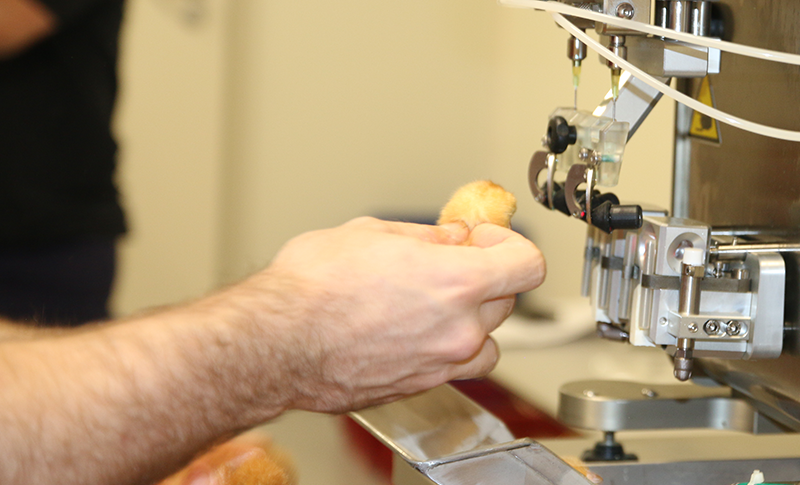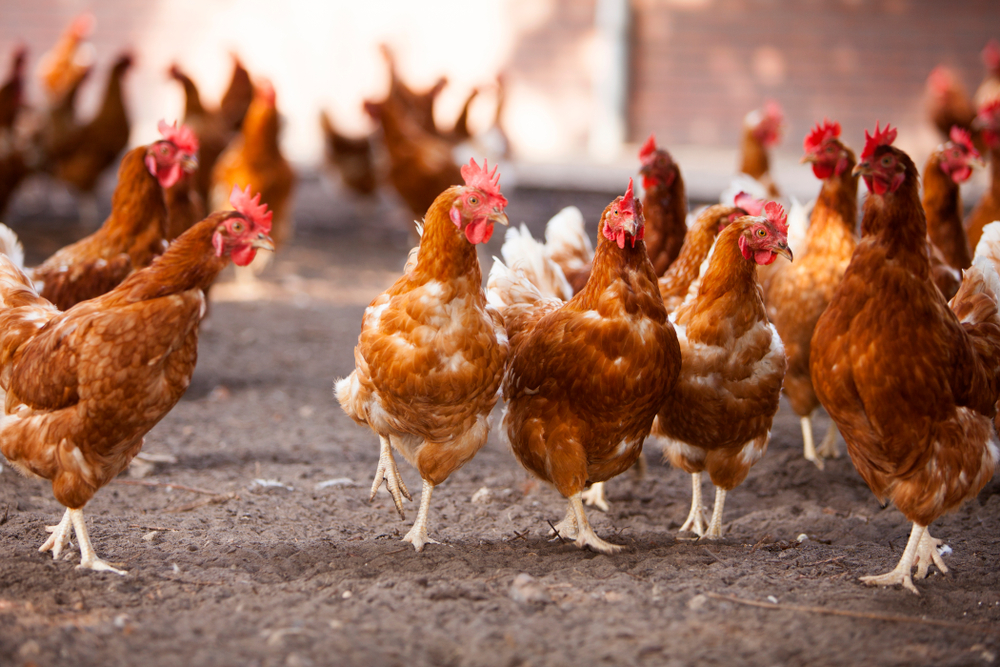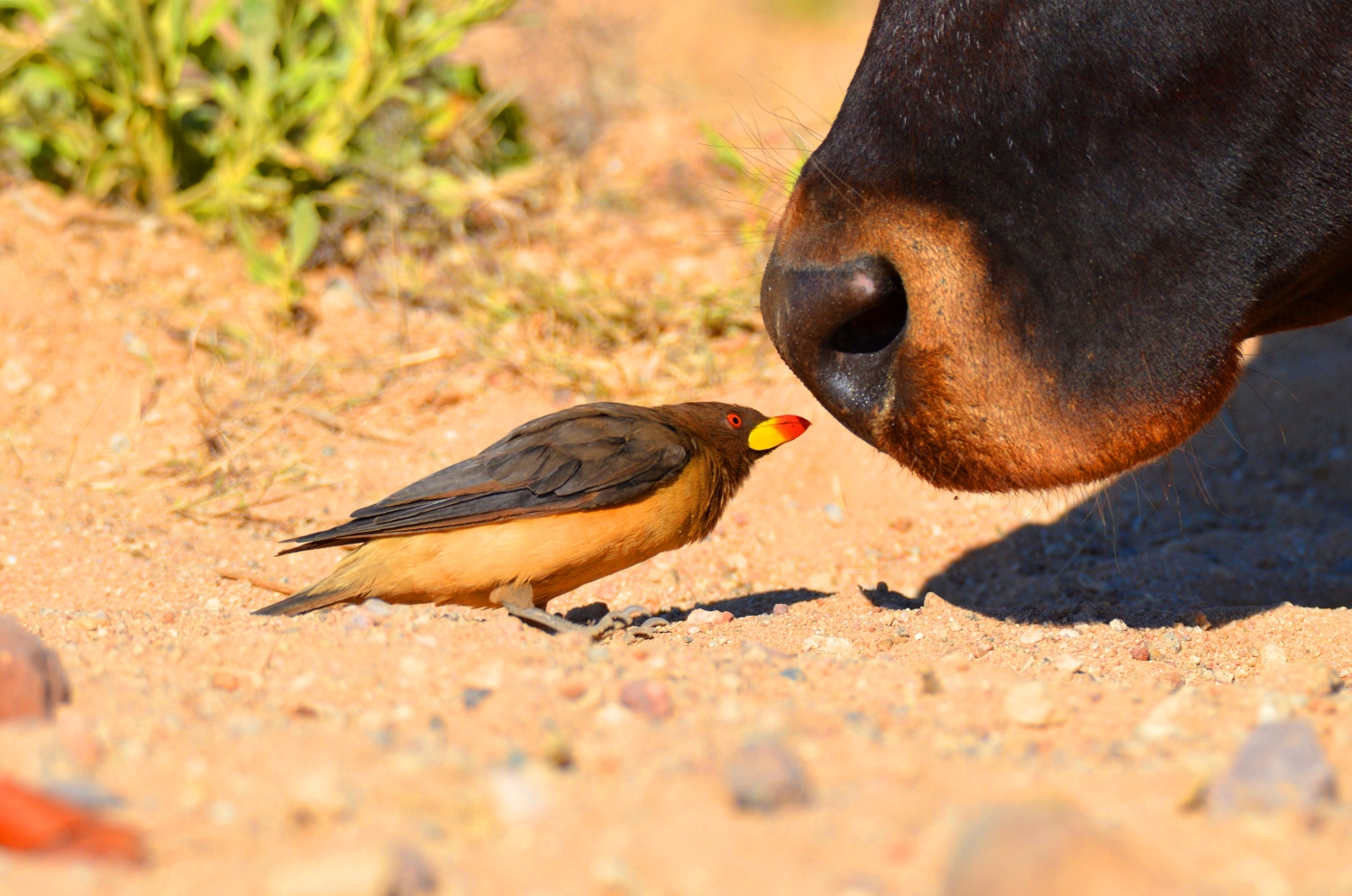After more than six months of relative calm, avian influenza was once again detected at a Dutch poultry farm last week. Analysis by Wageningen Bioveterinary Research (WBVR) has revealed that the infection is a variant of the highly pathogenic H5N1 avian influenza virus, one which has not previously been detected in poultry farms. It’s known as the BB genotype, which is currently causing high levels of mortality among black-headed gulls.
Another striking feature of this outbreak is the location: the business where the infection was identified, an organic poultry farm in Biddinghuizen, is not far from WBVR’s facilities. The WBVR site on Houtribweg in Lelystad lies just outside the 10-kilometre radius around the infected farm now subject to a transport ban.
The detected virus has been identified as genotype BB. This virus is being widely transmitted among black-headed gulls in the Netherlands and Europe at the moment, and is causing many fatalities. ‘The infection at the poultry farm in Biddinghuizen shows that this variant of the avian influenza virus can also infect poultry. ‘Experiments in Italy had already shown that the gull variant of the avian influenza virus also causes infection in poultry,’ said Nancy Beerens, head of the National Reference Laboratory for Avian Influenza.
Biosecurity
The infection in Biddinghuizen is the first since the Ministry ended compulsory confinement in most Dutch regions in early July. Confinement is not about to be reintroduced just yet. However, the Ministry of Agriculture is emphasising the importance of poultry farms continuing to fully comply with existing biosecurity measures, for example by being extra vigilant to the introduction of the virus through mice or rats. In an interview with the Trouw newspaper WBVR expert Armin Elders pointed out the option of using laser beams to keep wild waterfowl away from poultry farms as a way of further reducing the risk of infection. His research has shown this method to be effective.

 Foto Shutterstock
Foto Shutterstock 

